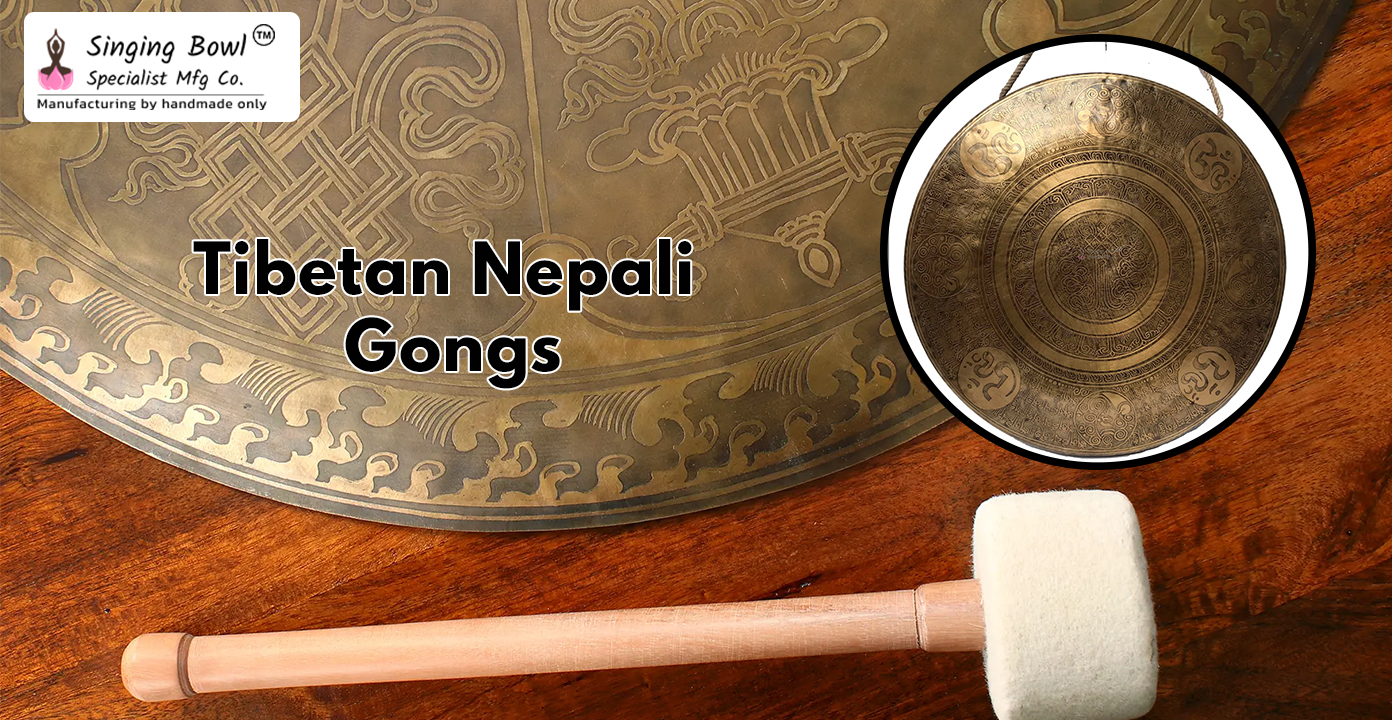The rising global interest in meditation, sound therapy, and holistic wellness has sparked a growing demand for high-quality singing bowls. Among all global sources, India especially regions like Varanasi and Himachal Pradesh is renowned for its rich tradition of crafting hand-hammered and machine-finished singing bowls.
If you're an international buyer, wellness business, or sound healer looking to import singing bowls from India, this guide is for you. Let’s walk through the key steps, challenges, and recommendations featuring insights from the specialists at Shanti Bowl Exports, a leading Indian manufacturer and exporter of authentic singing bowls.
Why Source Singing Bowls from India?
India is one of the cultural heartlands of singing bowl manufacturing. Key reasons for sourcing from India include:
- Artisanal Craftsmanship: Traditional, hand-hammered singing bowls made by skilled artisans.
- Competitive Pricing: Favorable labor and production costs.
- Spiritual Authenticity: Bowls often come with cultural, ritual, and spiritual significance.
- Diverse Variety: From Tibetan and Nepali-style bowls to chakra sets and etched designs.
Step-by-Step Guide to Importing Singing Bowls from India
1. Find a Reliable Supplier
Research and vet potential suppliers or manufacturers. Look for:
- Verified business credentials
- Production capabilities
- Export experience
- testimonials
2. Understand Product Types and Specifications
Determine what type of bowls you want to import:
- Material: Bronze, brass, crystal, or mixed alloy
- Style: Hand-hammered vs. machine-made
- Finish: Polished, matte, etched
- Size: Small (3–4 inch) to large (10–14 inch)
- Accessories: Cushions, mallets, or boxes
3. Negotiate Pricing & MOQ
Minimum order quantities (MOQ)
- Price per unit
- Discounts for bulk orders
- Customization (branding, engraving, sets)
4. Clarify Shipping Terms
Decide on shipping terms (Incoterms)
- FOB (Free on Board) – Supplier covers costs to the Indian port
- CIF (Cost, Insurance & Freight) – Includes shipping and insurance to your port
Also, inquire about:
- Lead time (usually 2–6 weeks)
- Preferred shipping methods (air freight vs. sea freight)
5. Ensure Quality Control
Use pre-shipment inspection services or request video/photo documentation. Look for:
- Uniform hammer marks
- Resonance quality (test sound frequencies)
- Proper packaging to prevent breakage
6. Handle Customs & Import Duties
Each country has different import rules. Be prepared with:
- HS code for singing bowls (e.g., 7419.99)
- Commercial Invoice & Packing List
- Certificate of Origin (if needed)
Top Considerations for International Buyers
- Eco-Friendly Packaging: More buyers now demand sustainable packaging.
- Fair Trade Certification: Ethical sourcing is becoming a priority.
- Private Labeling: Many exporters allow rebranding opportunities.
- Regulations: Ensure bowls meet safety and labeling laws in your
Frequently Asked Questions (FAQ)
Q1. Why import singing bowls from India?
India is known for its skilled artisans, competitive pricing, and high-quality craftsmanship—especially in brass and bronze singing bowls. Indian exporters also offer customization, private labeling, and flexible order quantities for international buyers.
Q2. Where in India are singing bowls typically manufactured?
Key manufacturing hubs include:
- Uttar Pradesh (e.g., Moradabad – known for brassware)
- West Bengal (Kolkata region – skilled metalworkers)
- Himachal Pradesh (traditional handmade singing bowls)
- Rajasthan and Delhi NCR (for export-ready and decorative items)
Q3. How do I find reliable singing bowl suppliers in India?
You can explore:
- B2B platforms like dial4trade
- Export directories and trade councils
- Attending Indian trade fairs and exhibitions
Q4. What should I look for when selecting a supplier?
Consider:
- Experience in exports
- Product samples and sound quality
- Ability to offer customization or private labeling
- Packaging and shipping options
- Customer reviews and certifications
Q5. What is the typical minimum order quantity (MOQ)?
MOQs vary. Small exporters may offer as low as 10–20 pieces, while large-scale suppliers may require 100+ pieces. It depends on the product type (handmade vs. machine-made) and level of customization.










